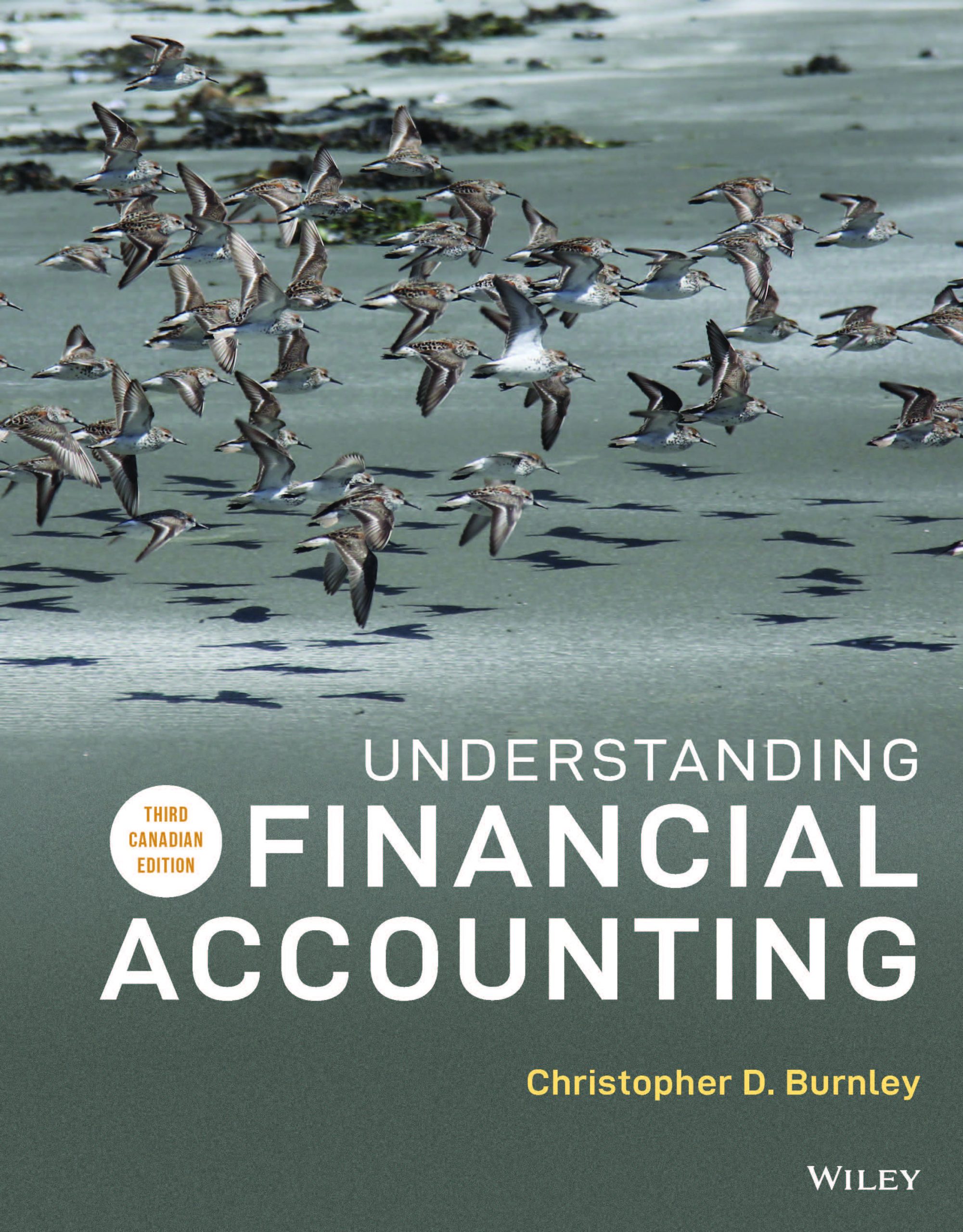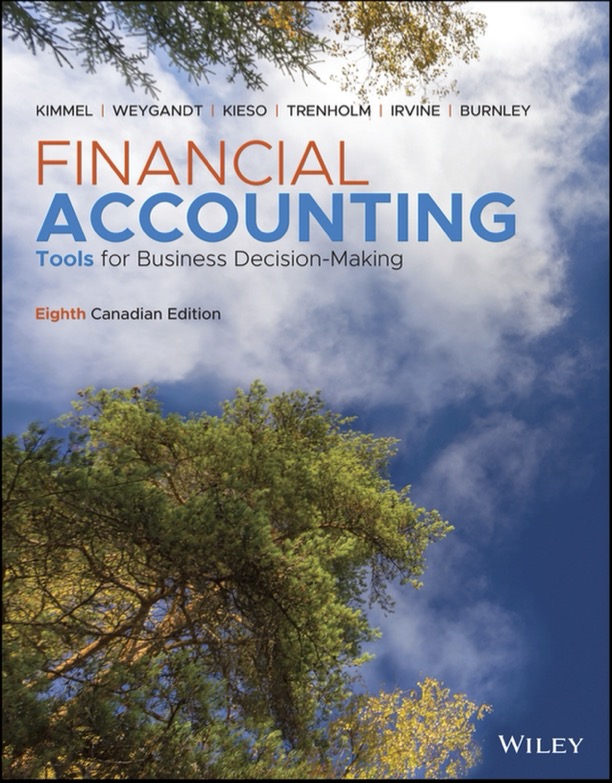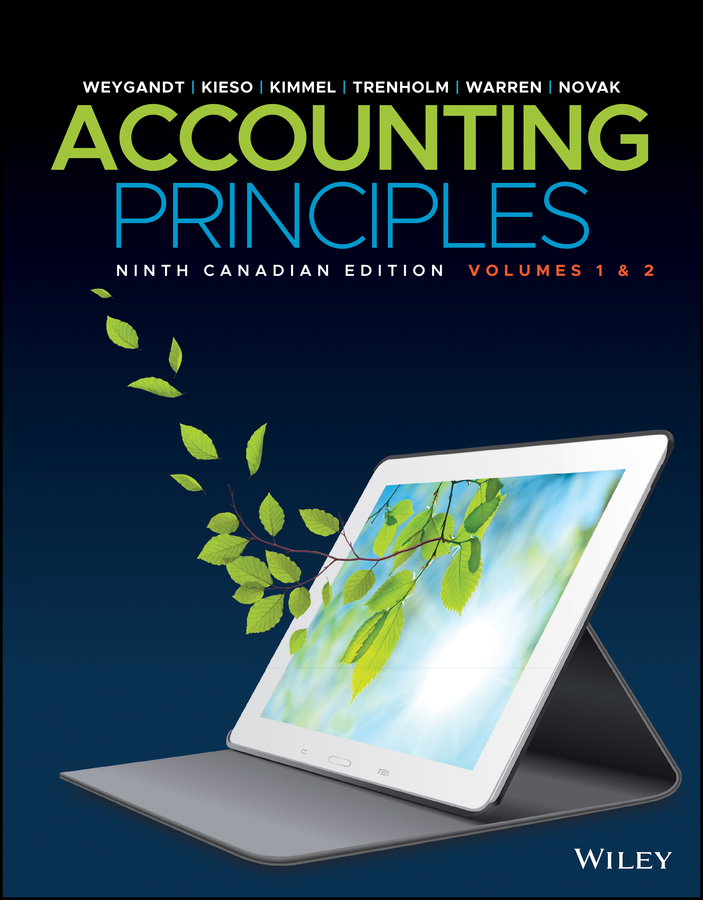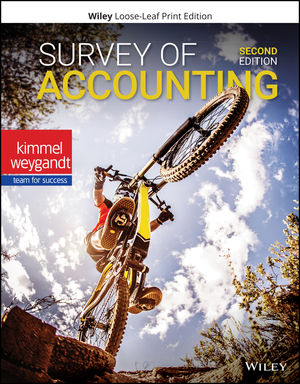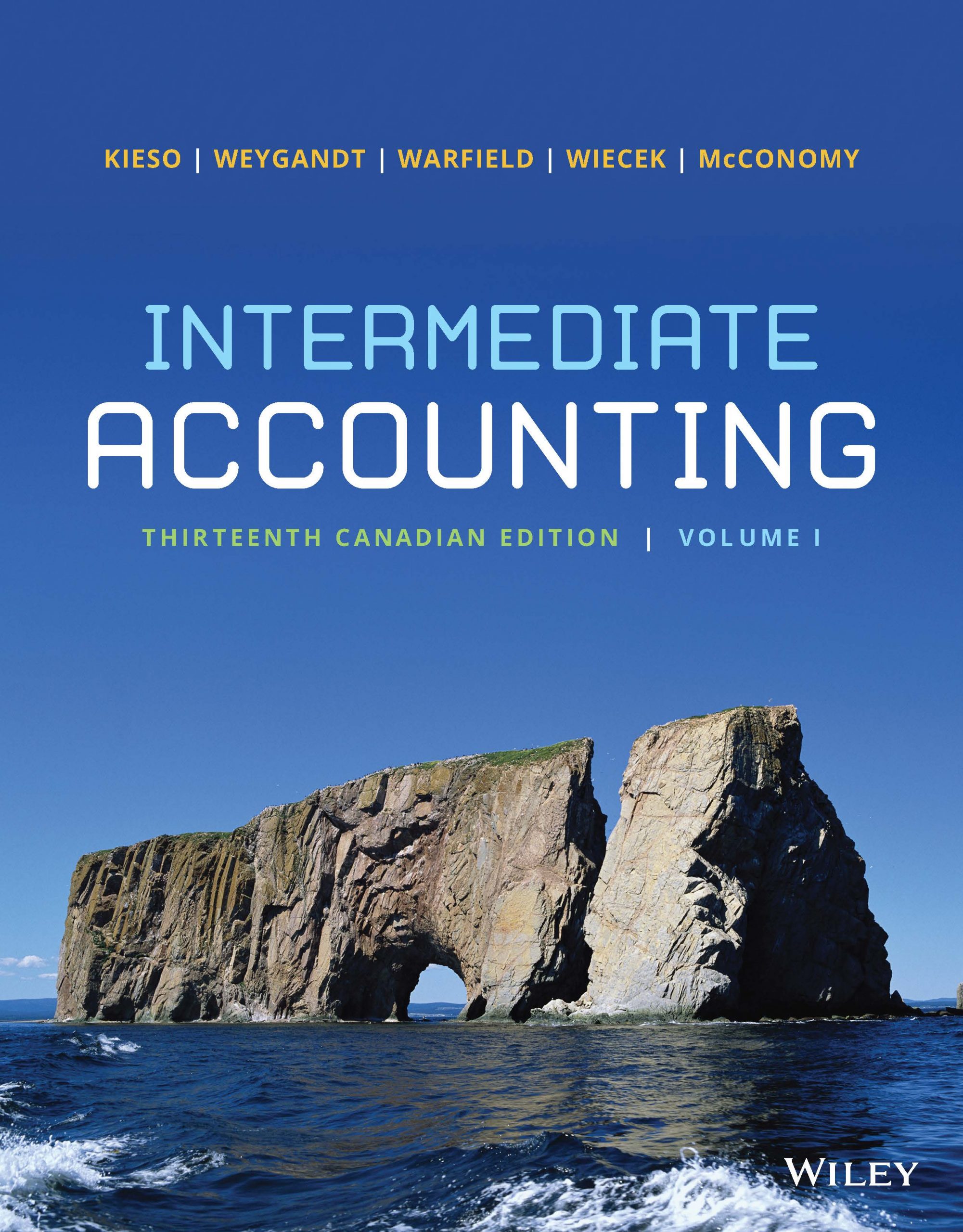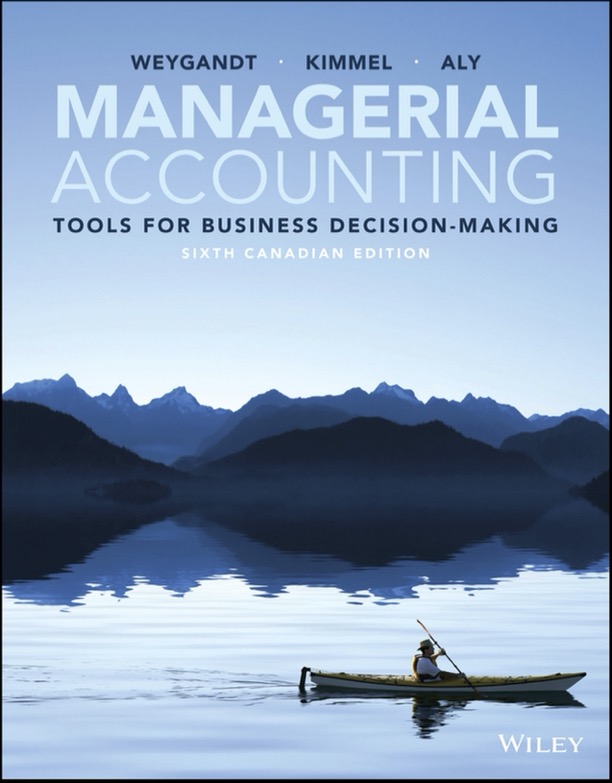Verizon made good on its pledge to help Haiti immediately after the 7.1 magnitude earthquake that struck the island on January 12, 2010. Verizon Wireless said its $2.98 million transfer within two days of the disaster to the Red Cross “bypasses the normal process used to get donations paid to charities.” Unfortunately, with other companies, such donations can take up to three months before the pledges are received along with monthly billings and are later delivered to the not-for-profit organizations.
Questions:
1. What type of journal entry or entries should Verizon make to reflect this advance to the Red Cross, prior to receiving the donations along with monthly bills?
2. Assume that of this $2.98 million, Verizon is unable to collect $80,000 in pledges. What entry or entries should the company record and what is their recourse?
3. Assume that Verizon continued to collect an additional $6.4 million in this campaign, but has to close its books prior to sending the money to the Red Cross. How should the company show this amount on it financial statements?
4. Since there is no charge for customers who text in this pledge program, how do you think the texting charges are accounted for?
Source:
Gustin, Sam. (2010). “Verizon Delivers $3 Million in Subscriber Text Donations for Haiti Relief,” (Retrievable at http://www.dailyfinance.com/story/company-news/verizon-wireless-sends-3-million-to-red-cross-for-haiti-relief/19319072/)

